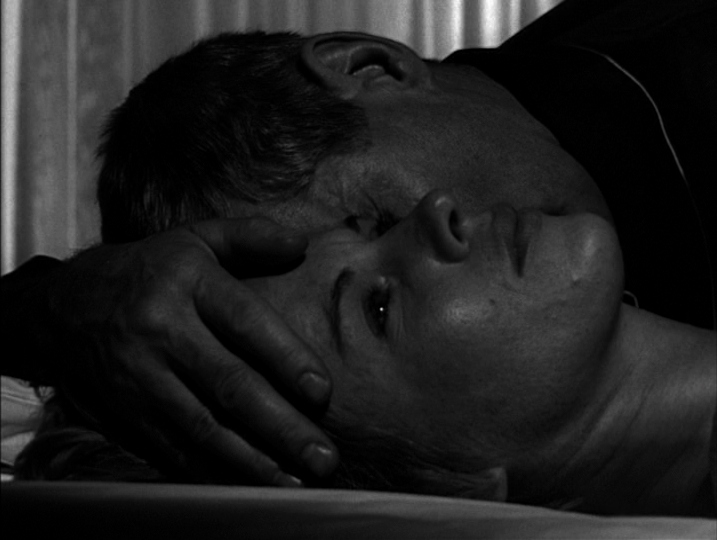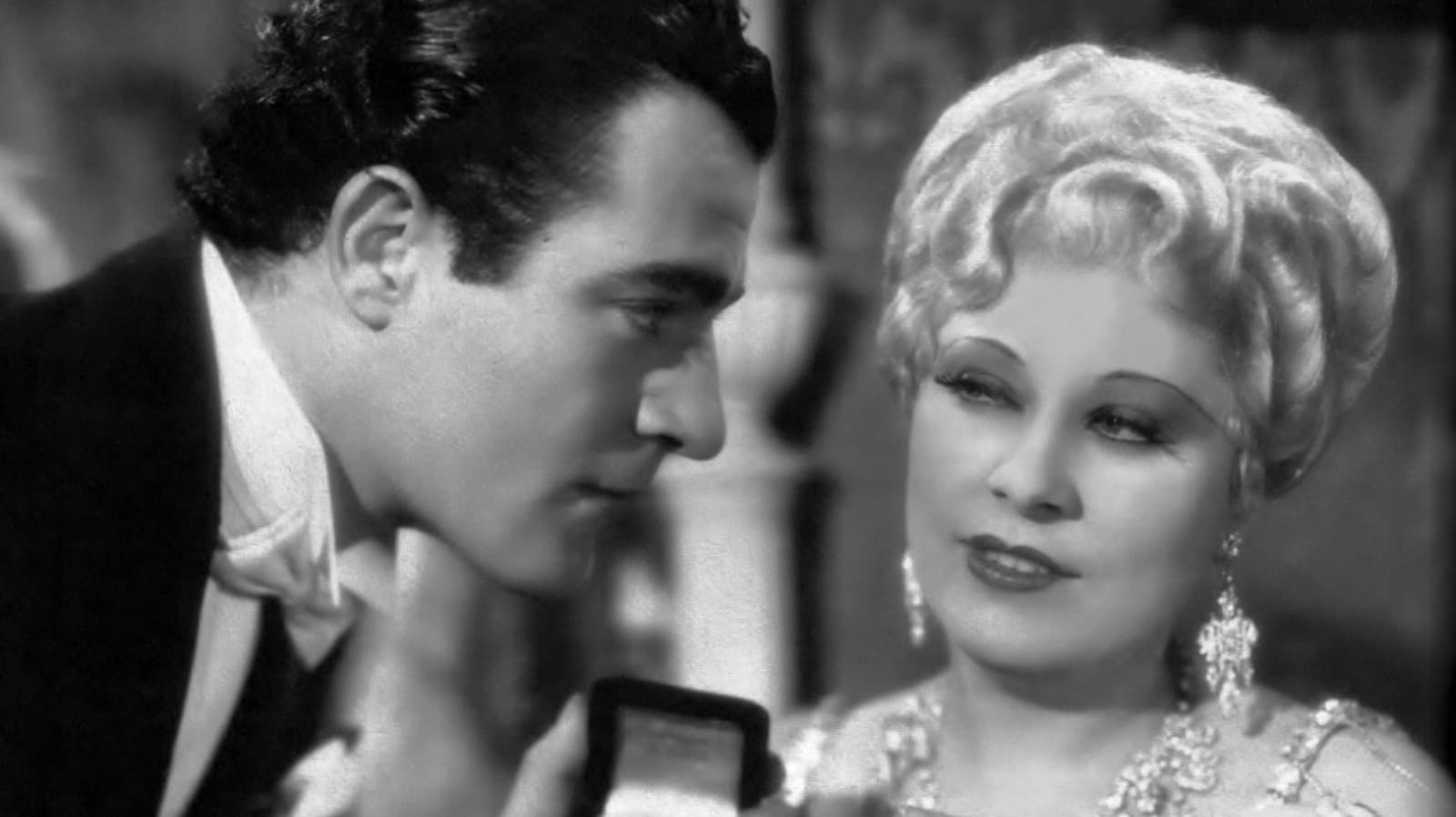Author: Sarah Griffith
-

Art Cinema and Second Wave Feminism: Addressing Representations of Gender and Sexuality in a New Way
Amidst the Cold War, tensions were building worldwide regarding not only politics, but social issues as well. Along with the development of birth control, the 1960s ushered in an age of second-wave feminism concerned with sexuality, reproductive rights, and women’s roles in the family and workplace. This movement was translated into the film industry. A…
-

Examining the Impact of Censorship on Themes of SHE DONE HIM WRONG
The multifaceted singer, actress, and writer Mae West “found her career on sex.”[1] West claimed her fame through Vaudeville and Broadway, and she made her way onto the big screen in Hollywood where she saw just as much success. Although West was very popular with both men and women due to her strong, feisty personality…